Recover heat, re-charge power
Recently I attended the Data Center Dynamics (DCD) Smart Energy conference in Stockholm. During a panel discussion on energy, data centers and innovation, David Hall (Senior Director of Technology Innovation for Equinix) made two observations, almost in passing, about metrics and monitoring. Both were intriguing and, to my ears, suggested that operators’ thinking about sustainability and data center energy use is starting to evolve.
The first metric was power usage effectiveness (PUE) — the universally applied but widely criticized standard way to measure data center energy efficiency. In essence he asked, What does it matter if your data center PUE is (a very inefficient) 4 or 5, if you are capturing and re-using the heat (i.e., the byproduct of wasted energy)? After all, as many at the conference pointed out, waste energy can be used for district, building or campus heating; for greenhouses; for heating swimming pools; or, as both Facebook (in Northern Sweden) and the National Renewable Energy Laboratory (in Colorado) do, for melting snow.
As moderator of the discussion, I took David a little to task, asking if Equinix was really doing a lot of heat recovery (no) and noting the pride that Equinix takes in its mostly low and very healthy PUE numbers. (I might have added that computers don’t make the most efficient heaters.)
But small details aside, his point is right: It does not make economic or environmental sense to “boil the sky” with warm air or the rivers with warm water. Large data centers, even very efficient ones, can and do put out a lot of heat, which wastes money, burns up energy and pushes up carbon emissions.
Heat recovery has, until now, had little adoption. In Europe, it is probably viewed as peculiarly Nordic. But it might get traction in the future: as capacity moves nearer the edge and more processing takes place in the cities, there is more opportunity to use the heat; as data centers are run at higher temperatures, the “quality” of that heat will be better; and as (if?) liquid cooling finally wins more over more operators, more people will be attracted by the opportunity to plumb the water directly into a local or district heating system. Bottom line: There is likely to be a lot more heat recovery from data centers in the future.
The second metric? In the years ahead, David predicted that “managing state of charge” for batteries will become a key operational concern — perhaps not a metric, exactly, but that may come. This doesn’t sound wildly exciting, but there is an important reason: At present, most batteries are lead-acid and, because this technology is not suited to multiple or rapid recharges, the batteries are kept in a fully charged state more or less permanently.
But lithium-ion (Li-ion) batteries are a different matter. They can be cycled thousands of times with relatively minimal degradation. Over time, Li-ion batteries, mostly but not only in uninterruptible power supplies, will be used in ways that utilize this capability. They will be charged when energy is cheap and available, then discharged when energy is needed, when it provides additional capacity, when it can be sold, or when it can be re-allocated/distributed to a different area of the data center in greater need. Smart energy systems are already making use of this capability — battery monitoring is coupled with data about IT loads, redundancy, utility power, cooling and other data. In a more advanced, “energy-smart” data center, operators will need to know the state of charge of every energy storage device in the system at all times.
Another interesting fact that came up at the DCD Smart Energy event: Several delegates said they were working on projects using previously owned lithium-ion batteries, most notably from electric vehicles (which have higher rapid charge requirements). The issues about whether these batteries are the most suitable type of Li-ion chemistry for the data center aside, using former vehicle batteries is very economical and should cause few problems as long as the batteries are monitored. Again, this suggests the economics and use case for Li-ion are steadily tilting in favor of wider adoption: expect more Li-ion and more “energy-smart” data centers.
——————————————————————————–
For more information on advanced energy management and the potential for Lithium batteries to transform the data center power cost model, join the Uptime Institute Network. Members enjoy a continuous stream of relevant and actionable knowledge from our analysts and share a wealth of experiences with their peers from some of the largest companies in the world. Membership instills a primary consciousness about operational efficiency and best practices which can be put into action everyday. For membership information click here.

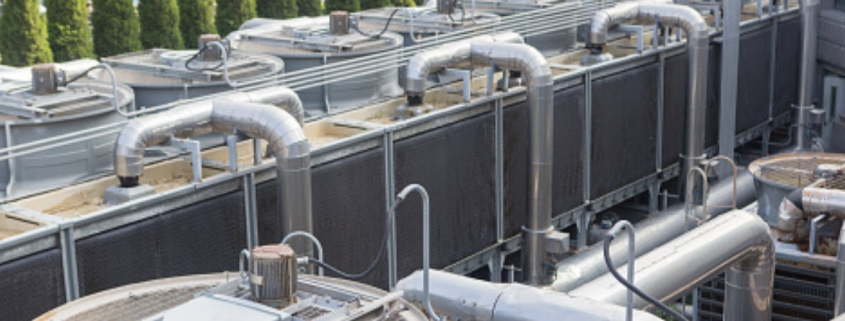 Getty
Getty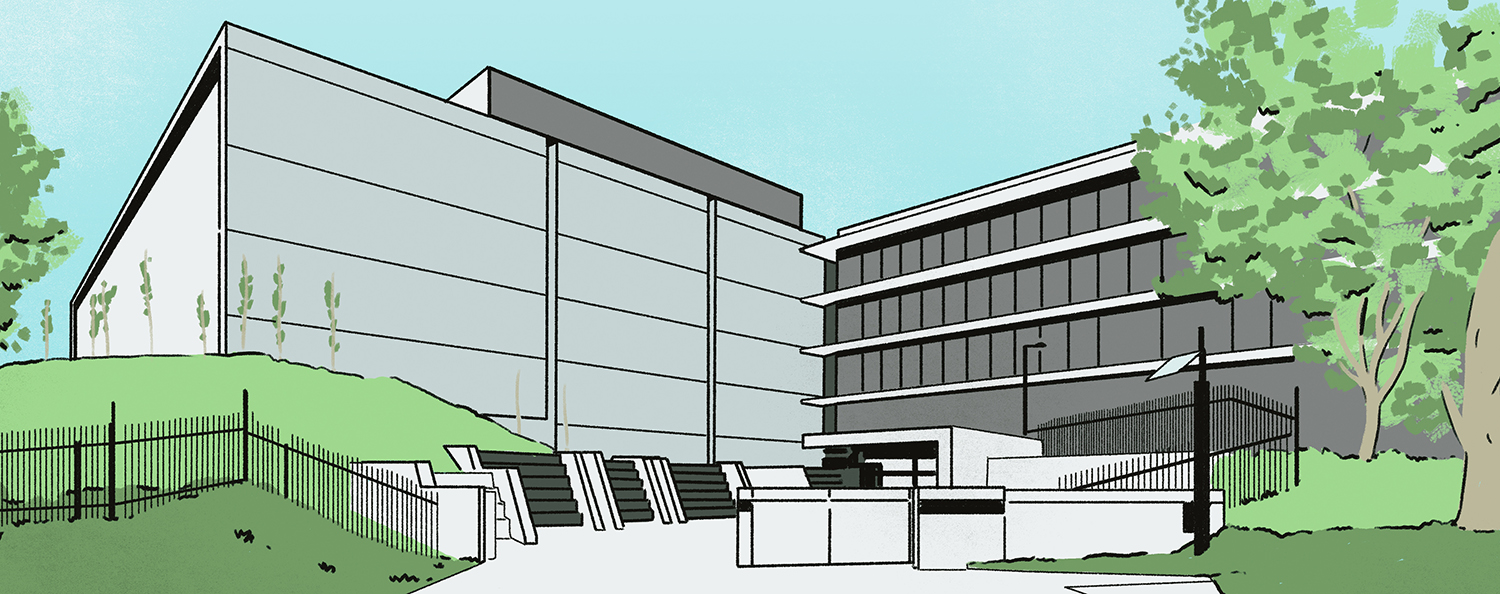

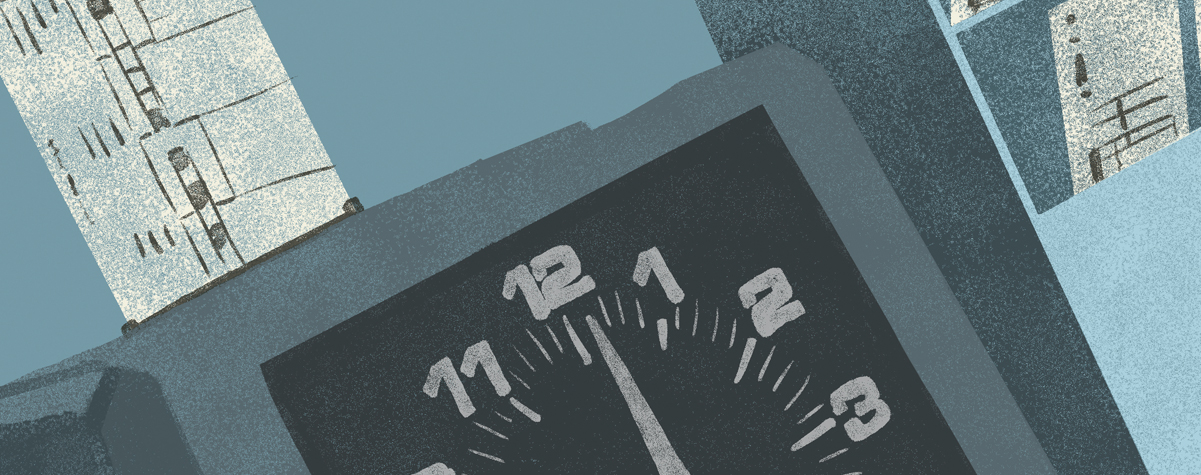


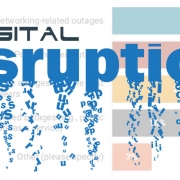 UI 2021
UI 2021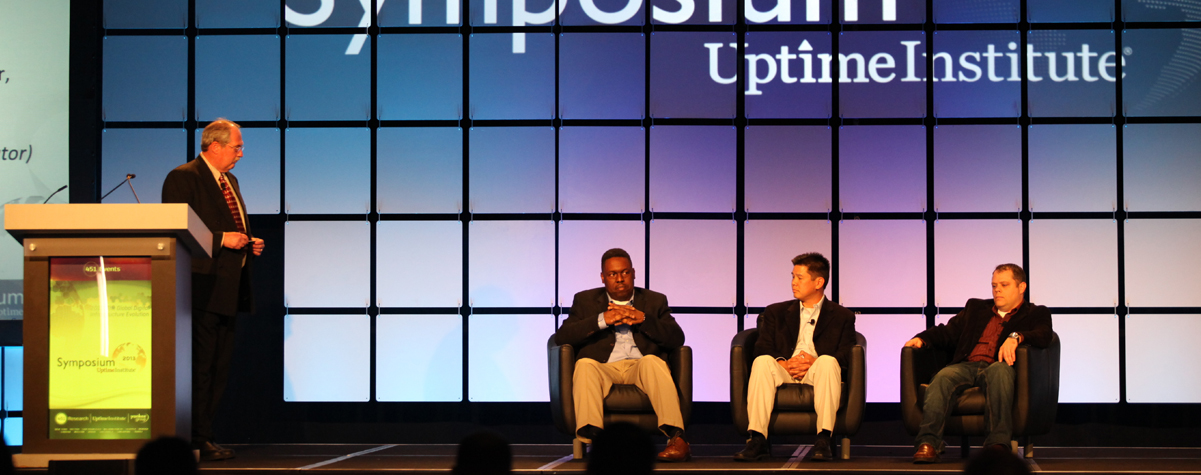
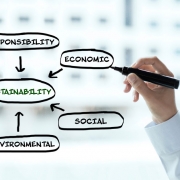
 Getty
Getty 2019, Getty
2019, Getty